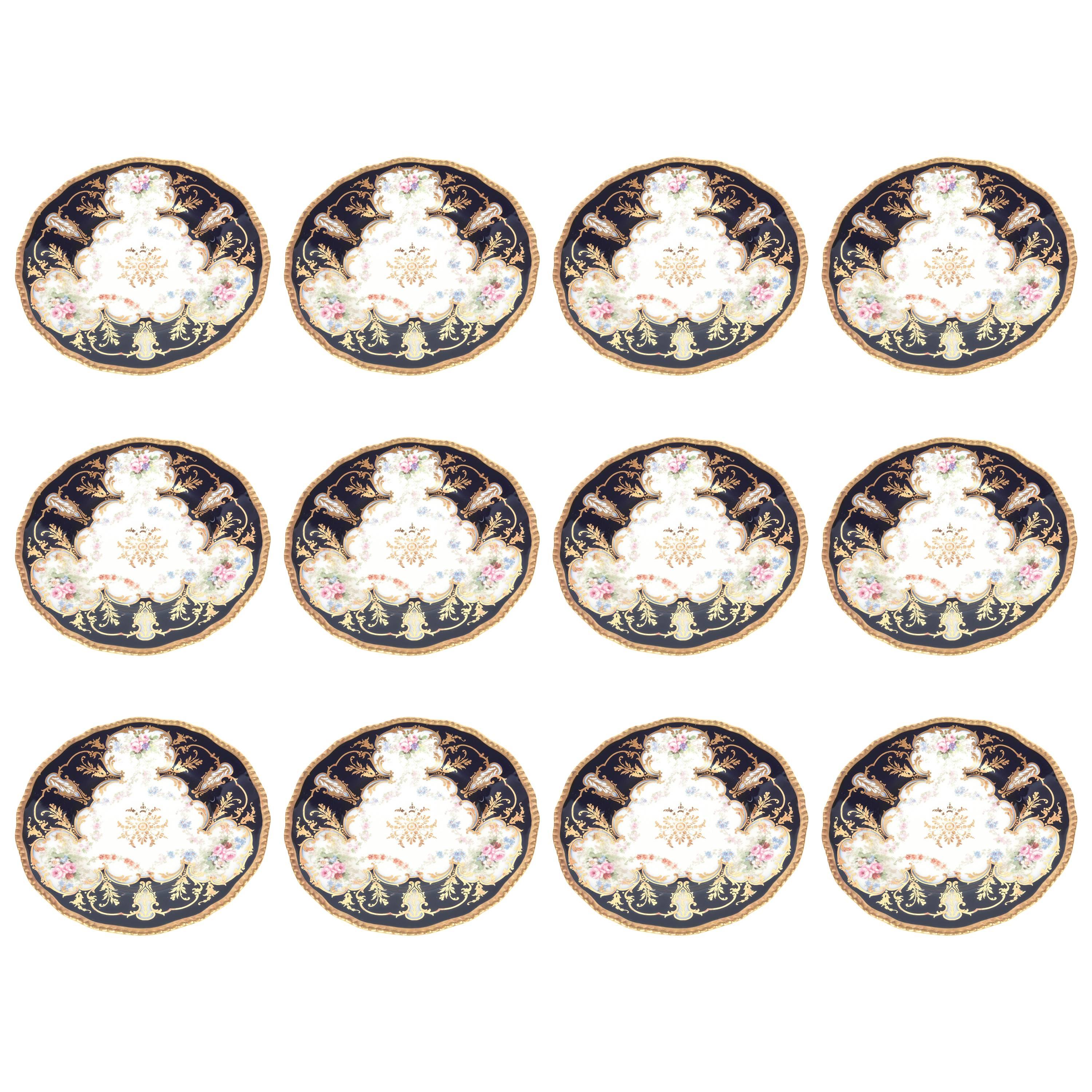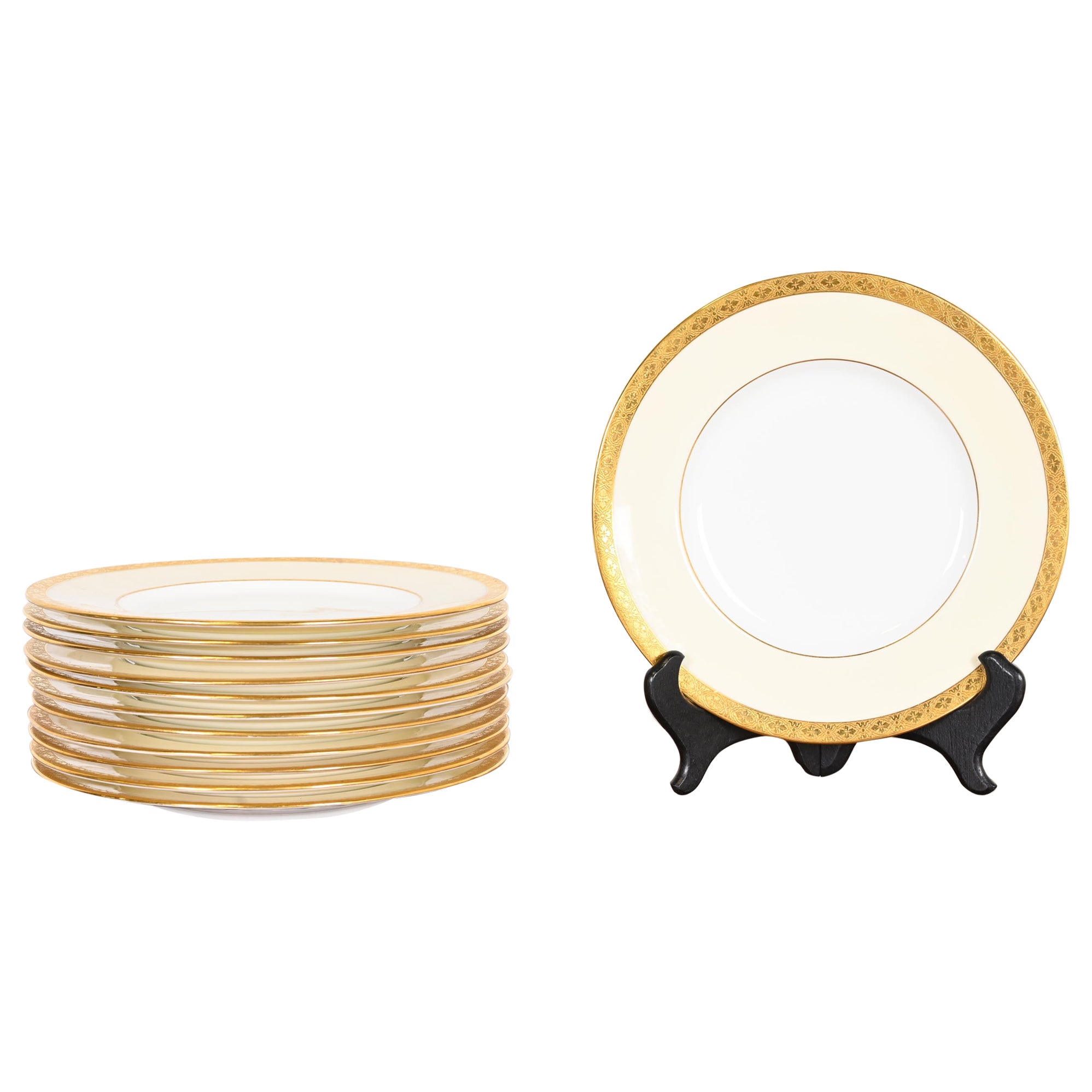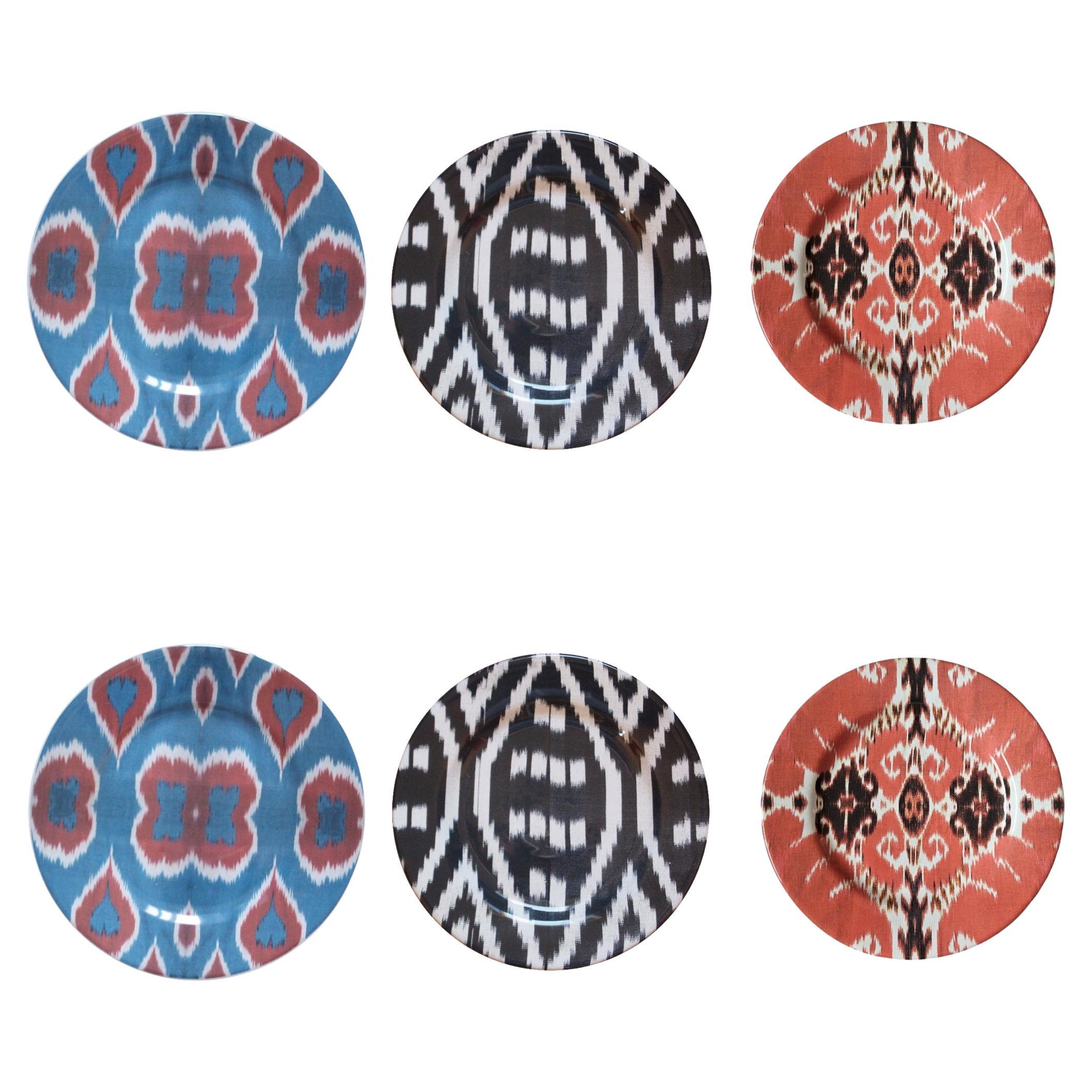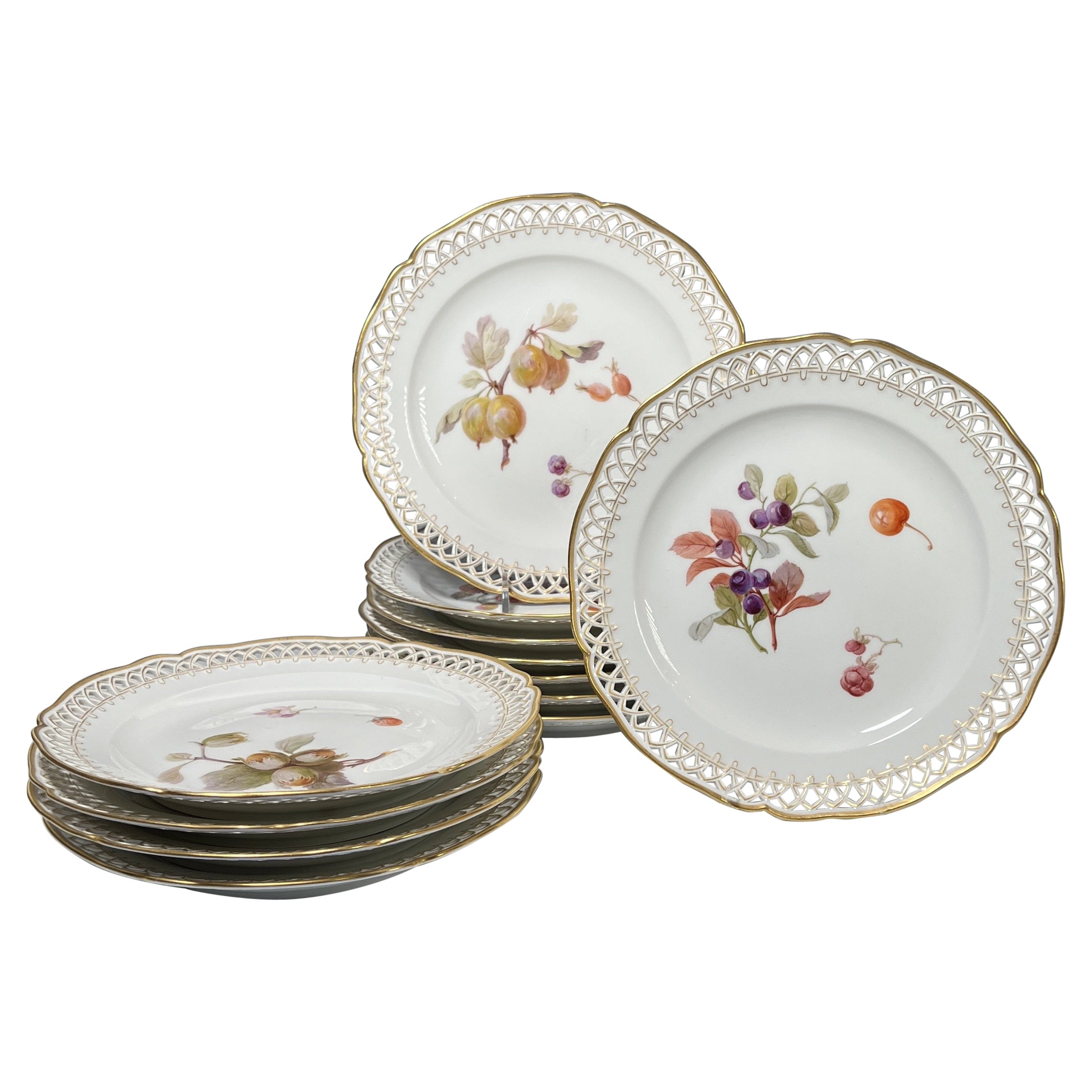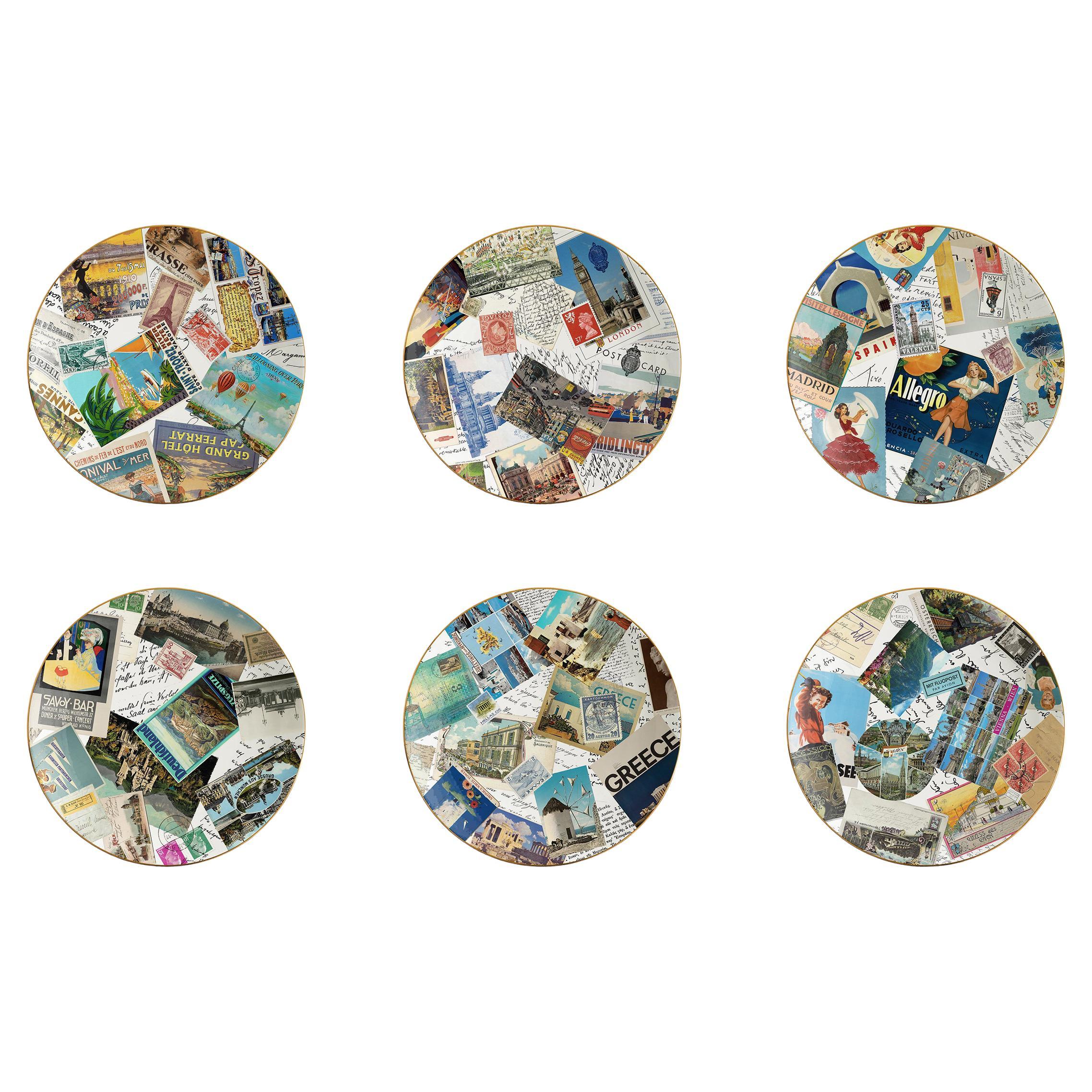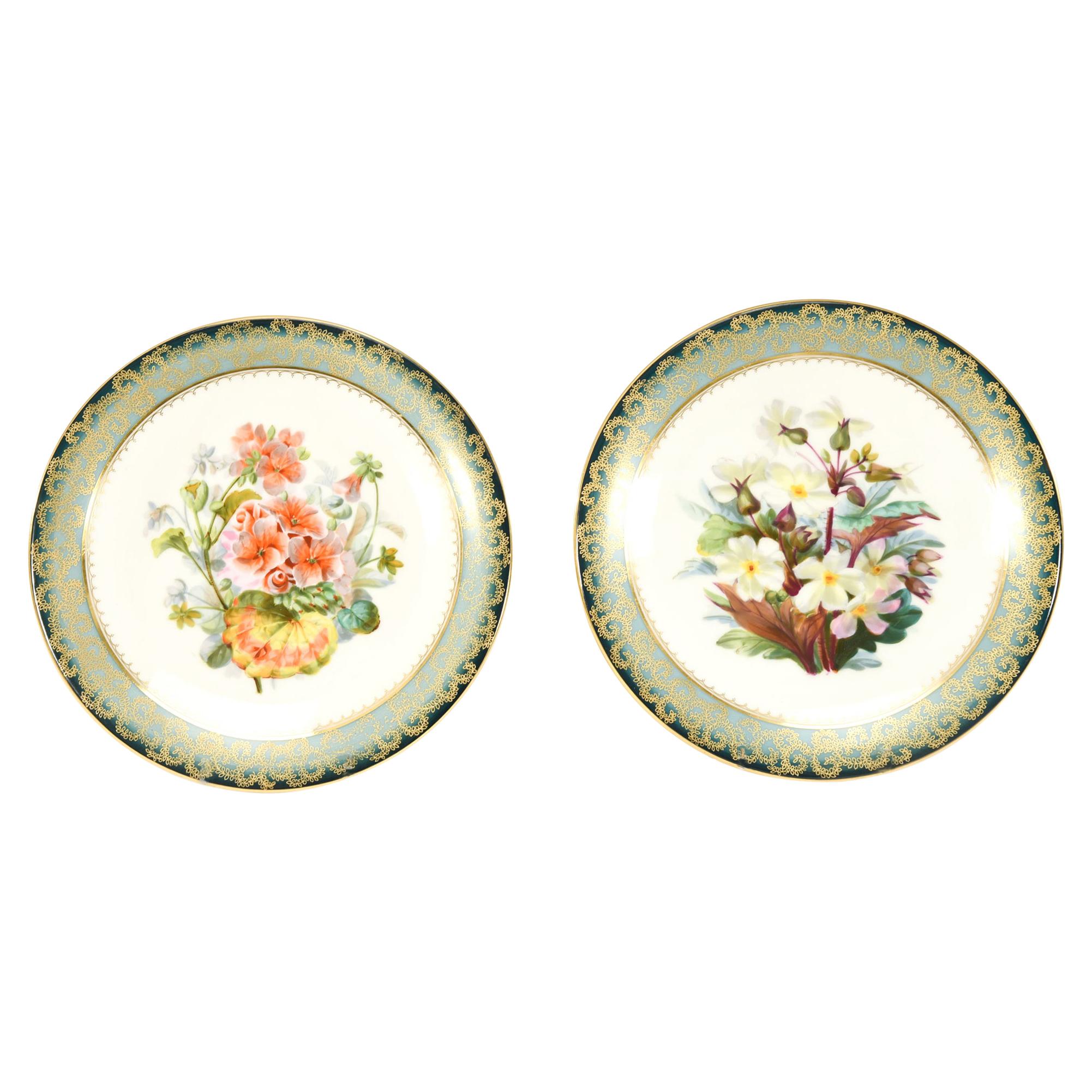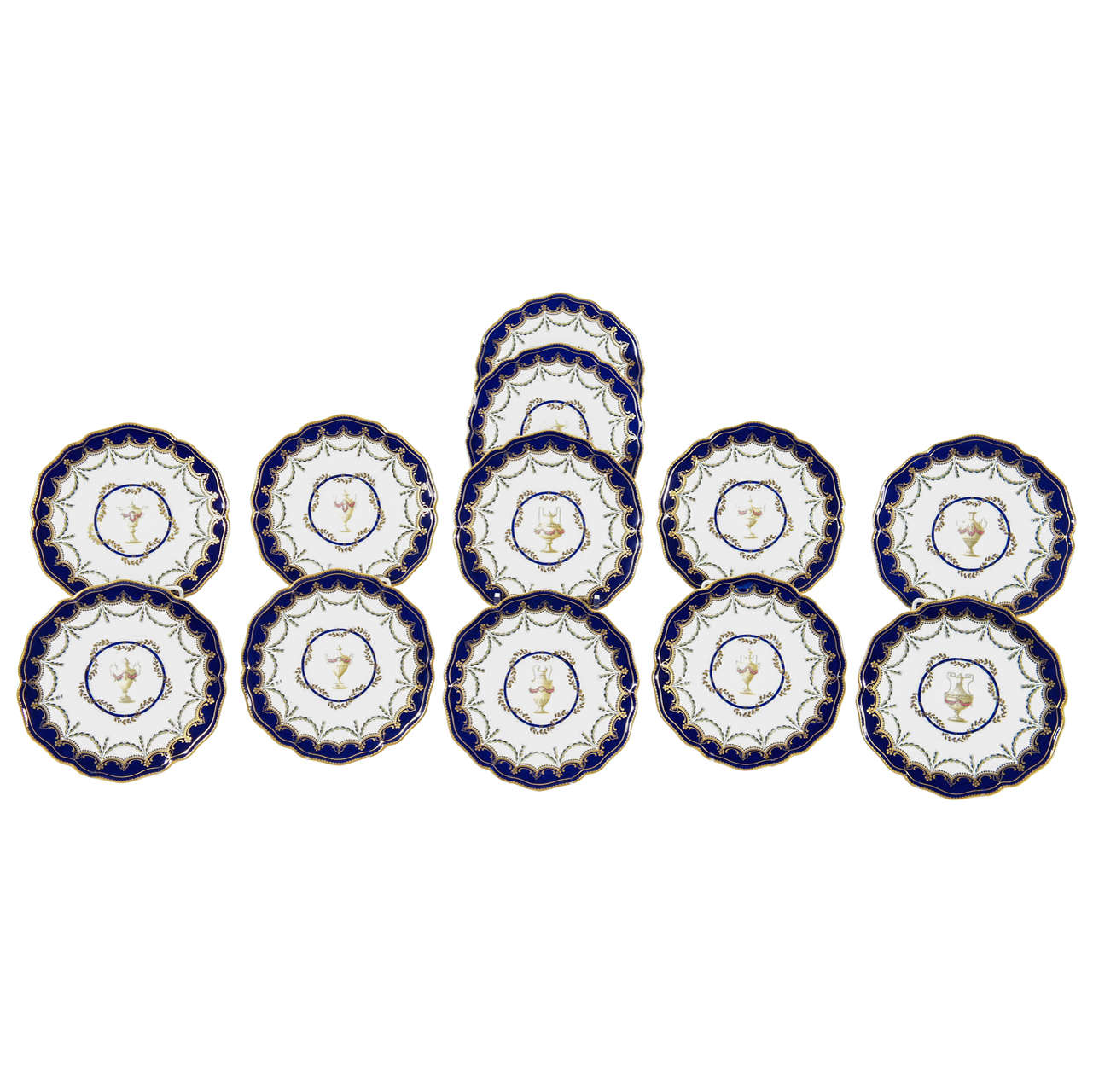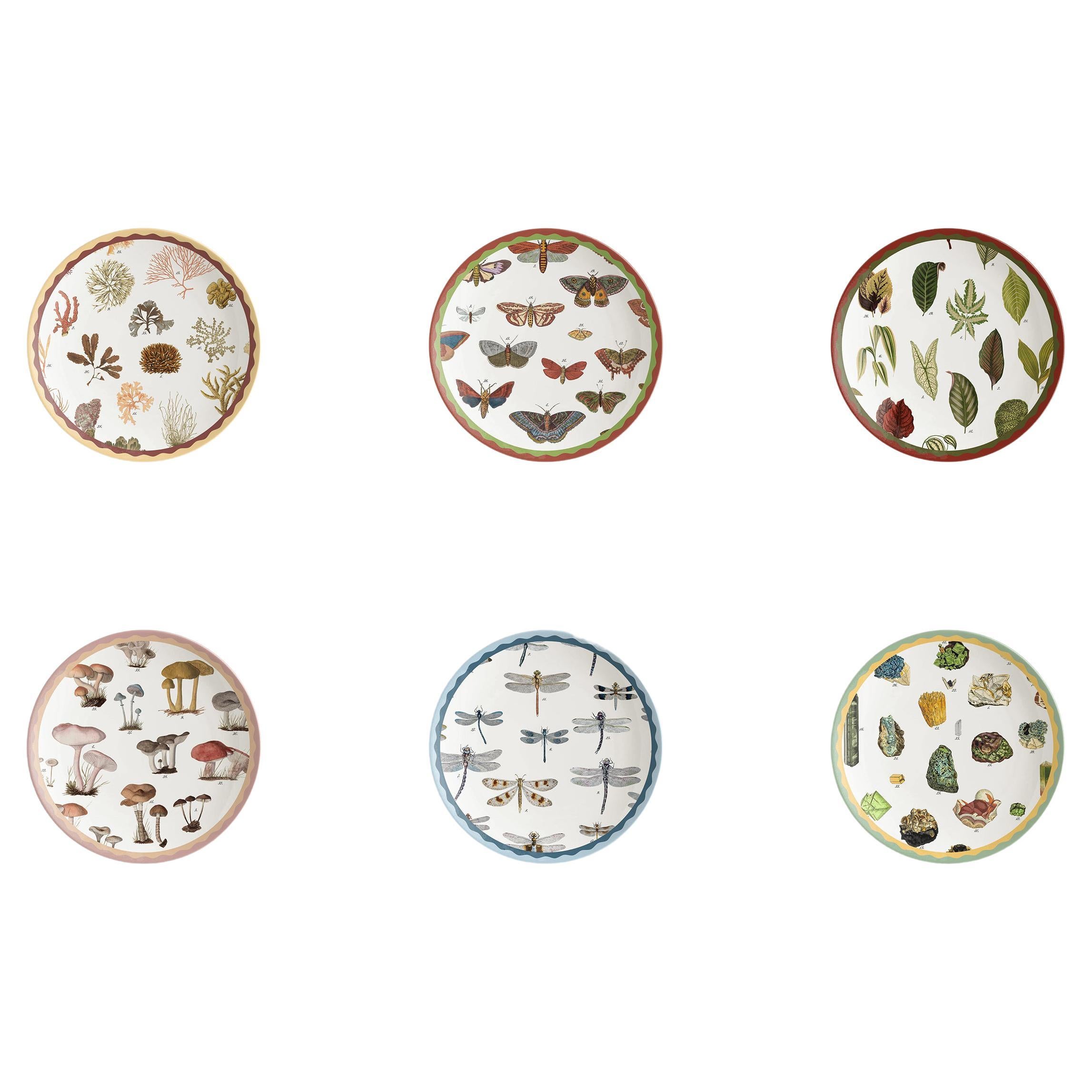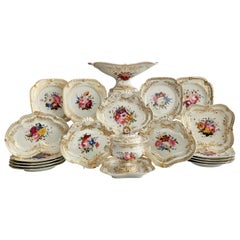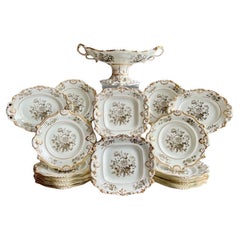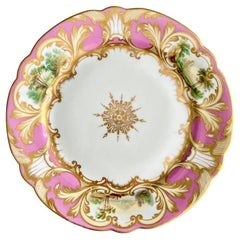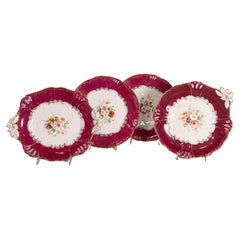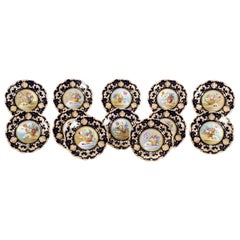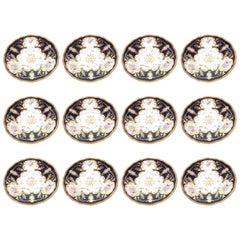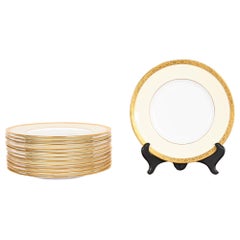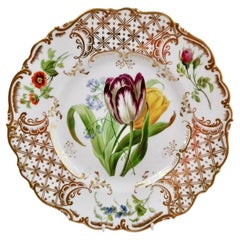
Ridgway Dessert Plate, Sublime Flowers and Gilt, Victorian 1845-1850
View Similar Items
Want more images or videos?
Request additional images or videos from the seller
1 of 14
Ridgway Dessert Plate, Sublime Flowers and Gilt, Victorian 1845-1850
Price:$425
$485List Price
About the Item
- Creator:Ridgway Porcelain (Maker)
- Dimensions:Height: 0.75 in (1.91 cm)Diameter: 9 in (22.86 cm)
- Style:Victorian (Of the Period)
- Materials and Techniques:
- Place of Origin:
- Period:
- Date of Manufacture:1845-1850
- Condition:Wear consistent with age and use. In perfect antique condition without any damage, repairs, crazing or rubbing.
- Seller Location:London, GB
- Reference Number:Seller: LT-RID02b-11stDibs: LU4805128581592
About the Seller
5.0
Vetted Professional Seller
Every seller passes strict standards for authenticity and reliability
Established in 2016
1stDibs seller since 2019
226 sales on 1stDibs
Authenticity Guarantee
In the unlikely event there’s an issue with an item’s authenticity, contact us within 1 year for a full refund. DetailsMoney-Back Guarantee
If your item is not as described, is damaged in transit, or does not arrive, contact us within 7 days for a full refund. Details24-Hour Cancellation
You have a 24-hour grace period in which to reconsider your purchase, with no questions asked.Vetted Professional Sellers
Our world-class sellers must adhere to strict standards for service and quality, maintaining the integrity of our listings.Price-Match Guarantee
If you find that a seller listed the same item for a lower price elsewhere, we’ll match it.Trusted Global Delivery
Our best-in-class carrier network provides specialized shipping options worldwide, including custom delivery.More From This Seller
View AllMachin Part Dessert Service, Moustache Shape, Cobalt Blue and Flowers, ca 1825
By Machin
Located in London, GB
This is a beautiful part dessert service made by Machin around 1825, which is known as the Regency period. The items have the famous "moustache" moulding, a beautiful cobalt blue gro...
Category
Antique 1820s English Regency Dinner Plates
Materials
Porcelain
$1,520 Sale Price / set
20% Off
Free Shipping
Chamberlains Worcester Dessert Service, White with Flowers, Regency, ca 1822
By Chamberlains Worcester
Located in London, GB
This is a spectacular and rare dessert service made by Chamberlains Worcester in about 1822. The service consists of a high comport, 2 square dishes, 1 kidney shaped dish, 3 shell di...
Category
Antique 1820s English Regency Dinner Plates
Materials
Porcelain
$14,360 Sale Price / set
20% Off
Minton Dessert Service, Inverted Shell White with Monochrome Flowers, ca 1830
By Minton
Located in London, GB
This is a stunning dessert service made by Minton probably around the year 1830, in their "second period". The service consists of a high footed centre piece, two square dishes, two ...
Category
Antique 1830s English Rococo Revival Dinner Plates
Materials
Porcelain
$4,260 Sale Price / set
20% Off
Free Shipping
Samuel Alcock Plate, Pink and Gilt, Landscape Reserves, ca 1855
By Samuel Alcock & Co.
Located in London, GB
This is a beautiful plate in the 8-lobed shape, with a deep pink ground and rich pale yellow and gilt acanthus and shell decoration, three scrolled reserves with exceptionally finely...
Category
Antique 1850s English Rococo Revival Porcelain
Materials
Porcelain
Yates Plate, White, Gilt Shark Teeth Pattern and Floral Reserves, ca 1825
By William Yates
Located in London, GB
This is beautiful plate made by the Yates factory in about 1825. The plate is decorated with in a white ground with finely hand painted flower reserves, gilt sprigs and a characteris...
Category
Antique 1820s English Regency Porcelain
Materials
Porcelain
$304 Sale Price
20% Off
Free Shipping
Coalport Saucer Dish Plate, Cobalt Blue, Gilt and Birds, Regency ca 1815
By Coalport Porcelain
Located in London, GB
This is a beautiful saucer dish or deep plate made by Coalport around the year 1815. This plate would have belonged to a large tea service. The plate is decorated with a deep cobalt ...
Category
Antique 1810s English Regency Porcelain
Materials
Porcelain
$284 Sale Price
20% Off
Free Shipping
You May Also Like
English 1850s Copeland Red Border Plates and Compotes with Bouquets of Flowers
By Copeland & Garrett Spode
Located in Atlanta, GA
A set of four English Copeland red border dessert plates and compotes from the mid 19th century, priced and sold individually. Born in England during t...
Category
Antique Mid-19th Century English Dinner Plates
Materials
Porcelain
Set of 12 Cauldon Hand-Painted "Flower Arrangement" Dessert Plates, Cobalt Blue
By Brown, Westhead & Moore/Cauldon
Located in Great Barrington, MA
A decorative and beautifully hand-painted set of 12 Cauldon dessert plates with shaped rims trimmed in gold with central floral decoration. Each plate depicts a unique flower arrange...
Category
Antique Early 1900s British Aesthetic Movement Dinner Plates
Materials
Porcelain
12 Antique Limoges Cobalt Blue Hand-Painted Gilt Trimmed Plates, Buffet/Dessert
By Delinieres & Co. 1
Located in West Palm Beach, FL
We love the scalloped shape and nice gadroon edging to these handsomely painted set of 12 plates. There is a delightful center gilt medallion and the design features elaborate cartou...
Category
Antique Early 1900s French Dinner Plates
Materials
Gold, Enamel
$2,080 Sale Price / set
42% Off
Minton for Tiffany & Co. Porcelain Dessert Plates with Gold Gilt Rims, Twelve
By Minton, Tiffany & Co.
Located in South Bend, IN
A gorgeous set of twelve Art Deco dessert plates with gold gilt border
By Minton for Tiffany & Co.
England, Circa 1930s
Measures: 9"W x 9"D...
Category
Vintage 1930s English Art Deco Dinner Plates
Materials
Porcelain
Ikat Ceramic Dessert Plates - Set of 6
By Bertrando Di Renzo
Located in ROCCAVIVARA CB, IT
Ikat patterns are an integral part of our colorful world, celebrating the beauty of this timeless textile technique. Inspired by its rich heritage, we’ve transformed some of our most...
Category
21st Century and Contemporary Italian Modern Porcelain
Materials
Ceramic
$212 / set
Set of 12 KPM Dessert Plates with Hand Painted Fruit Pierced & Gilt Borders
By KPM Porcelain
Located in Great Barrington, MA
This set of KPM porcelain dessert plates are exceptional as they feature interesting and more unusual fruit subjects. The plates have the name of the fruit subject painted on the rev...
Category
Antique Early 1900s German Aesthetic Movement Dinner Plates
Materials
Porcelain
Recently Viewed
View AllMore Ways To Browse
Coalport Finger And Thumb Pattern
Spode Dinnerware
Fornasetti Egocentrismo
Jl Coquet
Spode Jewel Copeland
M Redon Limoges Plate
Spode Imperial
Castleton China
Spode Chintz
Thomas Goode Plates
Wedgewood Dinnerware
Choisy Rabbit
Annaburg Ceramics
Catherine Holm
Cordial Palet
Herend Rothschild Bird Dinner Plates
Lenox Tiffany And Company
Royal Doulton For Tiffany And Co


